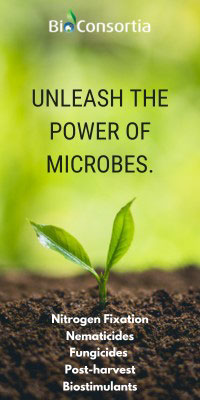The latest go-to guide to how Australia protects itself against exotic plant pests and diseases reveals the tremendous effort being made across the country to sustain our plant industries, unique ecosystems and standards of living.
The tenth edition of the National Plant Biosecurity Status Report was released this week by Plant Health Australia (PHA), the national coordinator of the government-industry partnership for plant biosecurity.
“This year the National Plant Biosecurity Status Report displays the system through the three layers of protection: pre-border, at the border and post-border, with examples of how this works in specific circumstances,” said PHA Chair Steve McCutcheon.
The report details the efforts being made by everyone involved in plant biosecurity, be they the Australian or state governments, industries, research agencies and the community.
“The report showcases the investment of $200 million in improving biosecurity surveillance and analysis through the Australian Government’s Agricultural Competitiveness White Paper to better target critical biosecurity risks and help improve market access for Australian producers,” said PHA Executive Director and CEO Greg Fraser.
While the Australian Government has responsibility for biosecurity activities pre-border and at the border, the report also covers the roles of state and territory governments in delivering post-border plant biosecurity and operations under their own legislation,” said Mr Fraser.
“The report highlights hundreds of scientific projects being undertaken around Australia by researchers and funders seeking to solve challenges affecting plant industries and our unique environment.
“Each project sheds light on some aspect of plant or bee biosecurity that will inform better management of pests, crop production and the environment,” Mr Fraser said.
Some 700 scientific studies are listed covering pest management, crop improvement, surveillance, diagnostics and the basic biology of pests, crops and other plants. The pests investigated include insects, bacteria, fungi, viruses, nematodes, mites and weeds.
The report provides industry profiles of some 40 plant industries and includes 31 case studies that highlight facets of the biosecurity system during 2017 including eradication, communication and awareness, surveillance and regionalised and priority pests.
The 2017 edition of the National Plant Biosecurity Status Report was developed from some 90 contributions from plant biosecurity stakeholders.





















